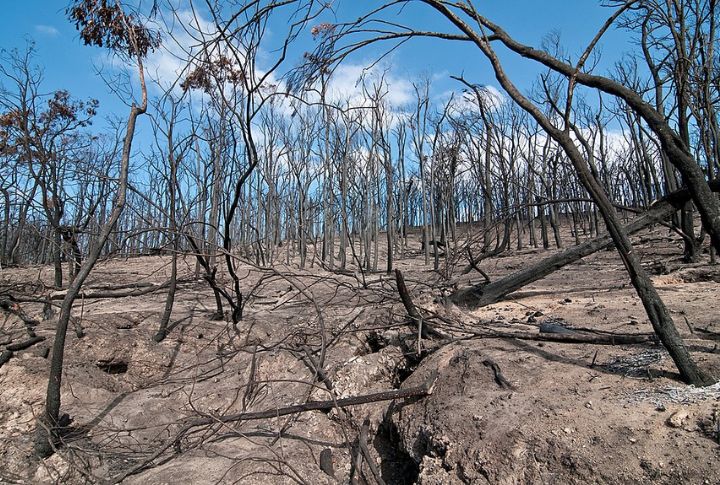
Fires have shaped history in ways few other disasters can. In moments, they erase entire communities, alter landscapes, and force cities to rebuild in new ways. This list looks back at some of the most catastrophic blazes ever recorded, exploring the damage they caused and the lessons they left.
Peshtigo Fire (1871, USA)
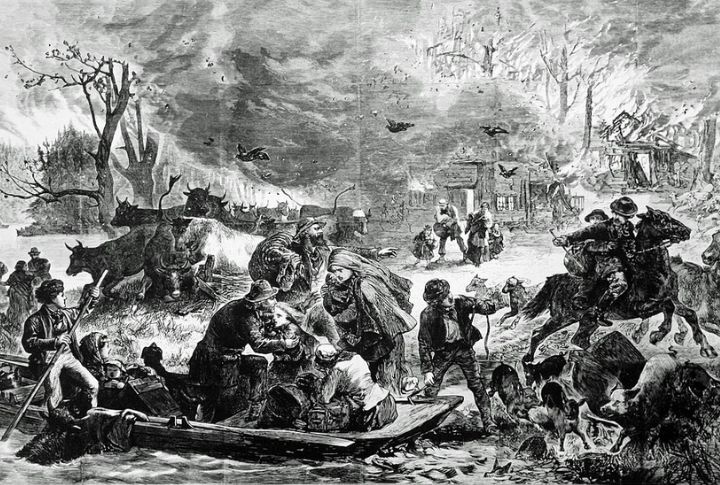
On the night the Peshtigo Fire roared through Wisconsin, and winds twisted into deadly “fire tornadoes” that hurled flames across the countryside. Entire towns vanished within minutes. The inferno also consumed about 1.5 million acres of forest and farmland, killing an estimated 1,200–2,400 people.
Great Fire Of London (1666, England)
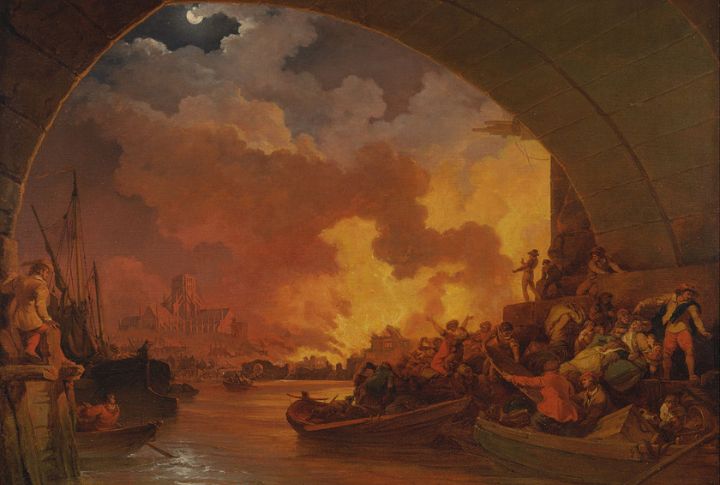
It began in a small bakery on Pudding Lane. Then, over five relentless days, flames consumed 13,200 houses, 87 parish churches, and St. Paul’s Cathedral. Approximately 70,000 Londoners were left homeless. The devastation spurred sweeping changes to the city’s building codes and turned London’s skyline into something far more fire-resistant.
Black Saturday Bushfires (2009, Australia)
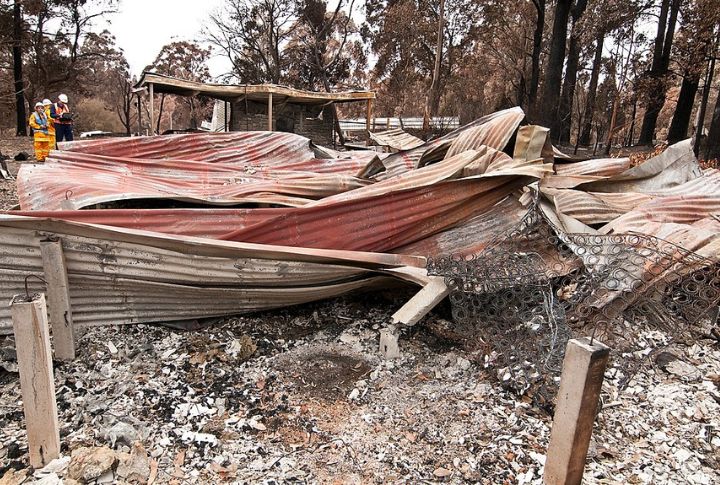
In Victoria, February heat peaked at 46.4°C, and winds screamed past 100 km/h. The bushfires that followed claimed 173 lives and destroyed over 2,000 homes, burning 450,000 hectares. Investigations later revealed that not all fires were accidental, as some had been deliberately lit.
Great Fire Of Tokyo (Meireki Fire, 1657, Japan)
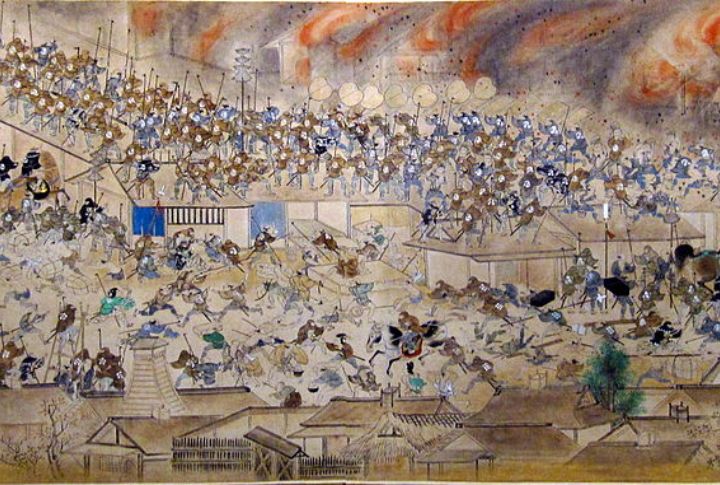
Dry winter winds swept through Edo as the Meireki Fire ignited and turned the city into an inferno. In just three days, 60–70% of Edo lay in ruins, and an estimated 100,000 lives were lost. The disaster also sparked a move toward fire-resistant design in Japan’s capital, forever altering its architecture.
Great Fire Of Smyrna (1922, Turkey)
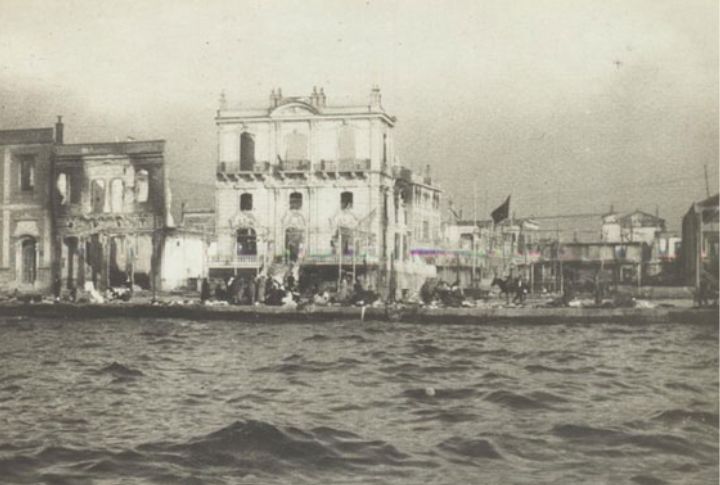
Amid the chaos of the Greco-Turkish War, flames tore through Smyrna’s Greek and Armenian quarters. The death toll ranged from 10,000 to 100,000. Thousands fled to the harbor to seek rescue by sea. Foreign diplomats and journalists witnessed the city’s destruction and captured the moment in reports and photographs.
Cloquet Fire (1918, USA)
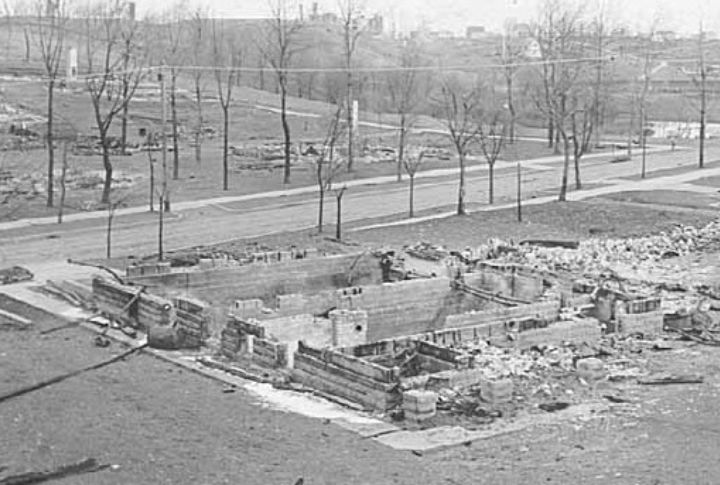
Minnesota’s forests and towns were bone-dry when strong autumn winds fanned sparks into a firestorm. In hours, 250,000 acres were gone. Entire towns were erased, 52,000 people were left homeless, and 453 people lost their lives. The damage exceeded $73 million in 1918 dollars.
Hinckley Fire (1894, USA)
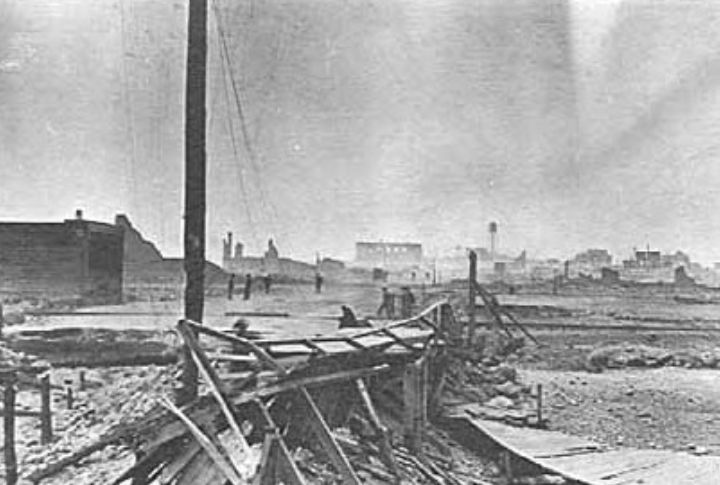
The Hinckley Firestorm raced through Minnesota at speeds over 60 mph, burning more than 200,000 acres. Survivors even leapt into wells or rivers as entire towns disappeared in under five hours. The blaze claimed 418 confirmed lives, with many more unaccounted for.
Great Kanto Earthquake Fires (1923, Japan)

The earthquake was devastating, but the fires that followed were even worse. Over 40% of Tokyo burned, with a massive fire tornado killing about 41,000 people in a single location. Occurring at lunchtime, when many cooking fires were active, the disaster destroyed cultural landmarks and vital infrastructure alongside countless lives.
Great Chicago Fire (1871, USA)
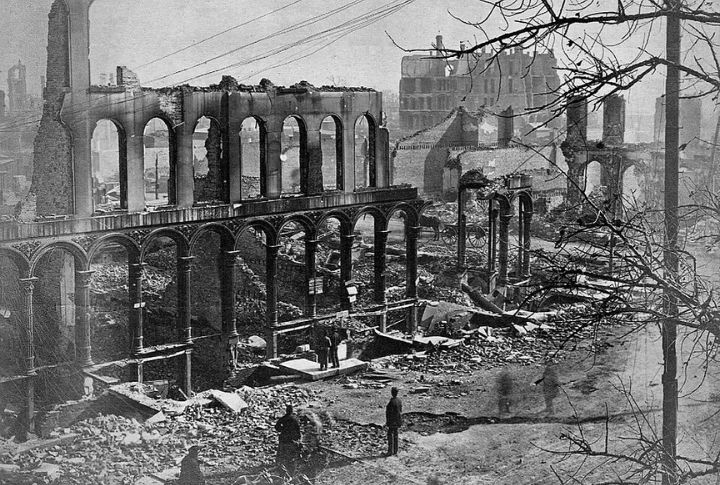
Over two days, flames swept across 3.3 square miles of Chicago, destroying more than 17,000 buildings. Approximately 300 people died, and 100,000 were left homeless. Though rumored to have started in the O’Leary family barn, the true cause remains uncertain.
Lytton Fire (2021, Canada)
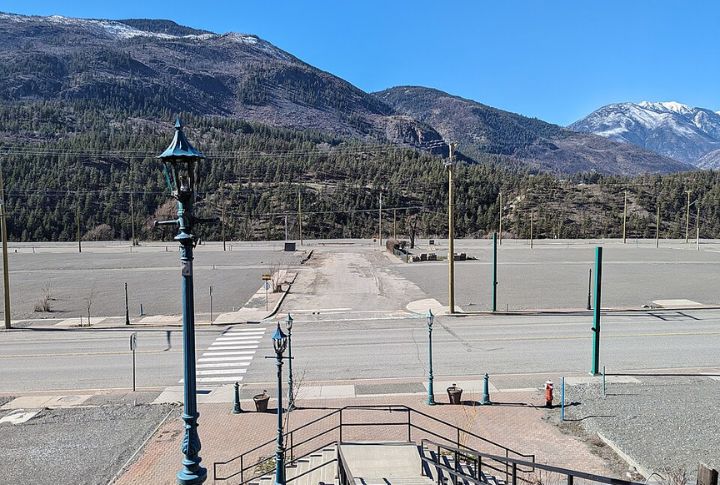
The day before, Lytton recorded Canada’s highest-ever temperature: 49.6°C. Next, flames consumed 95% of the village in minutes. Residents barely escaped as the fire raced ahead, fueled by extreme heat and dry conditions. Two people were confirmed dead, with others missing.

